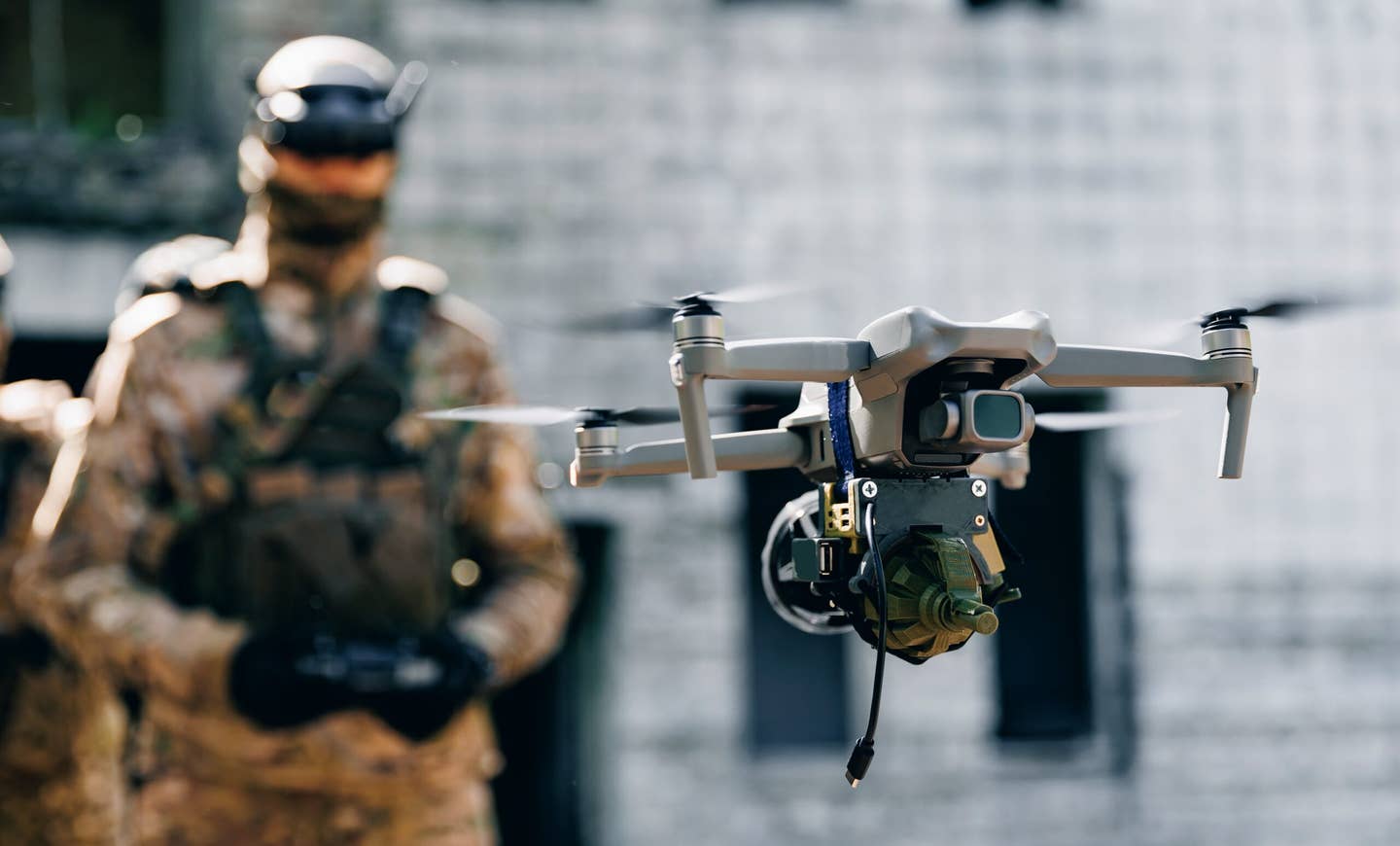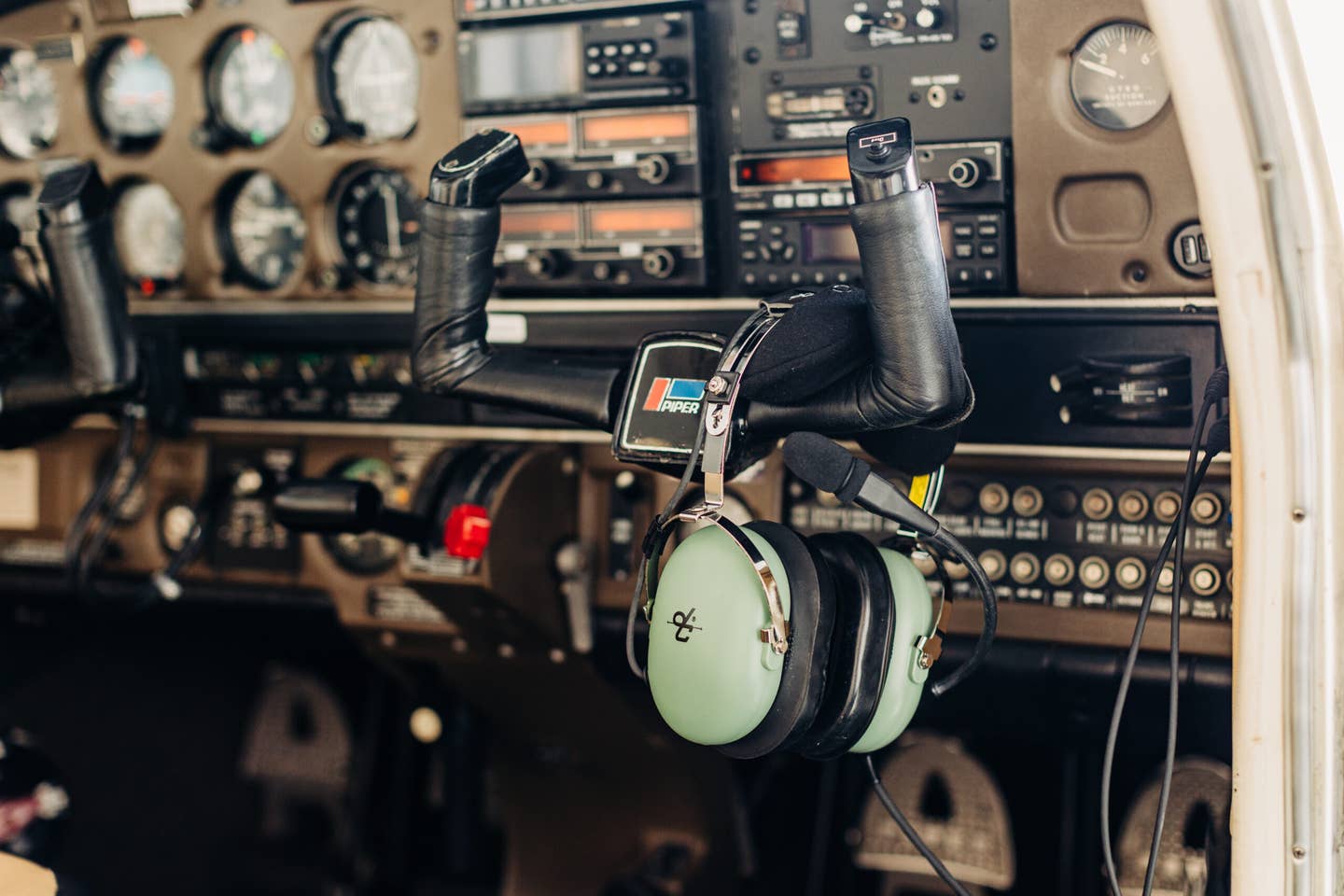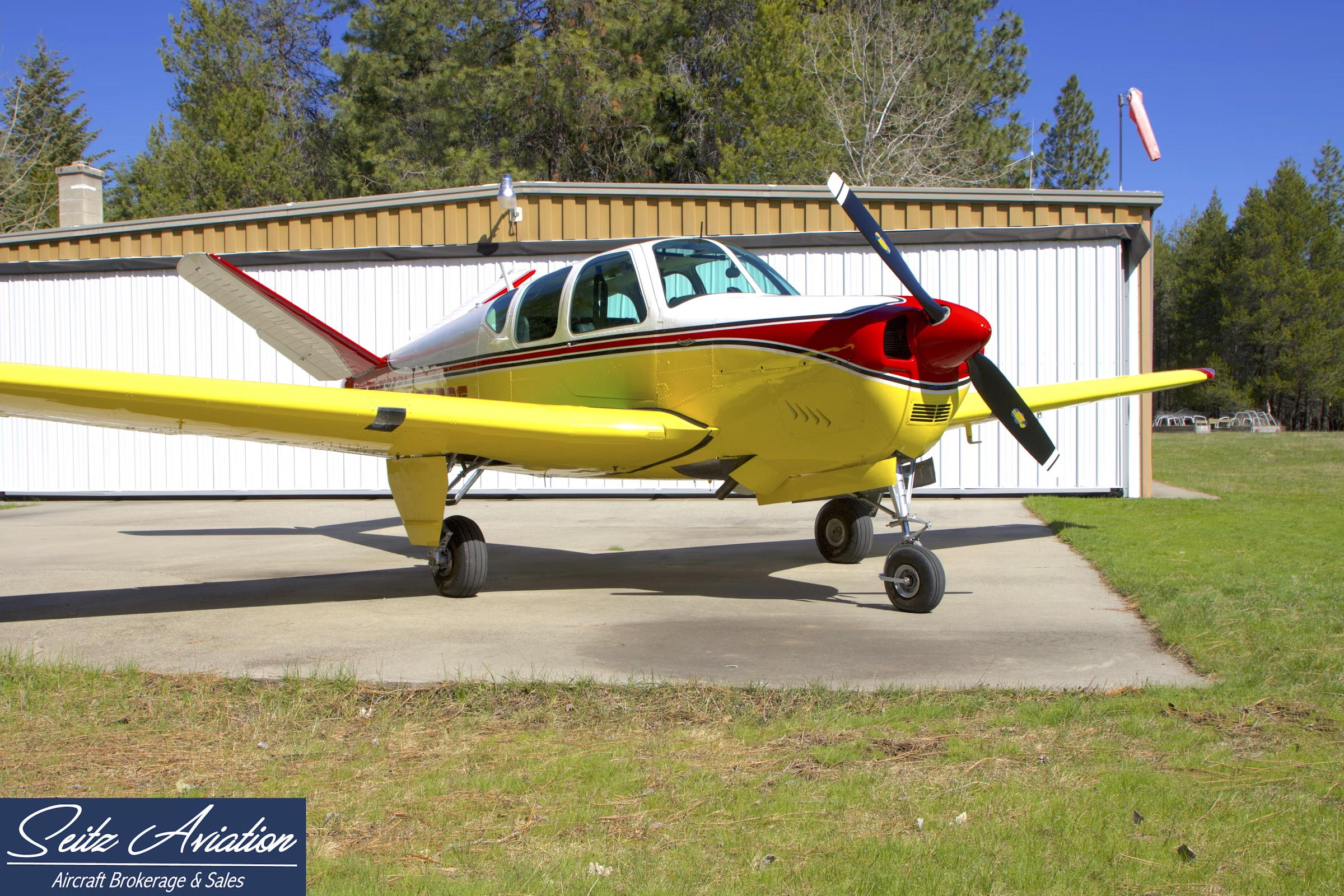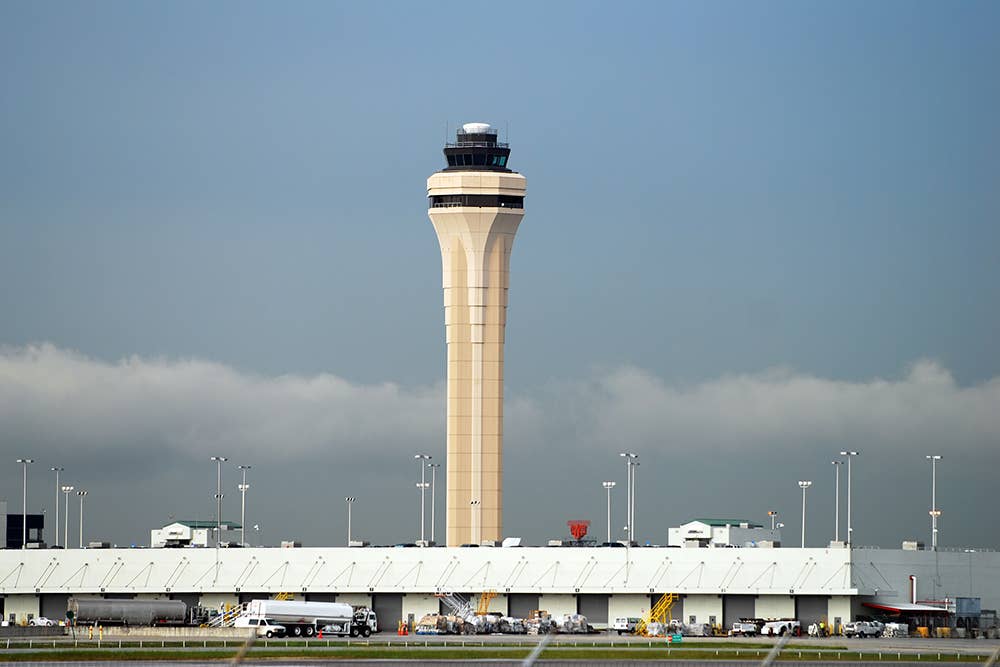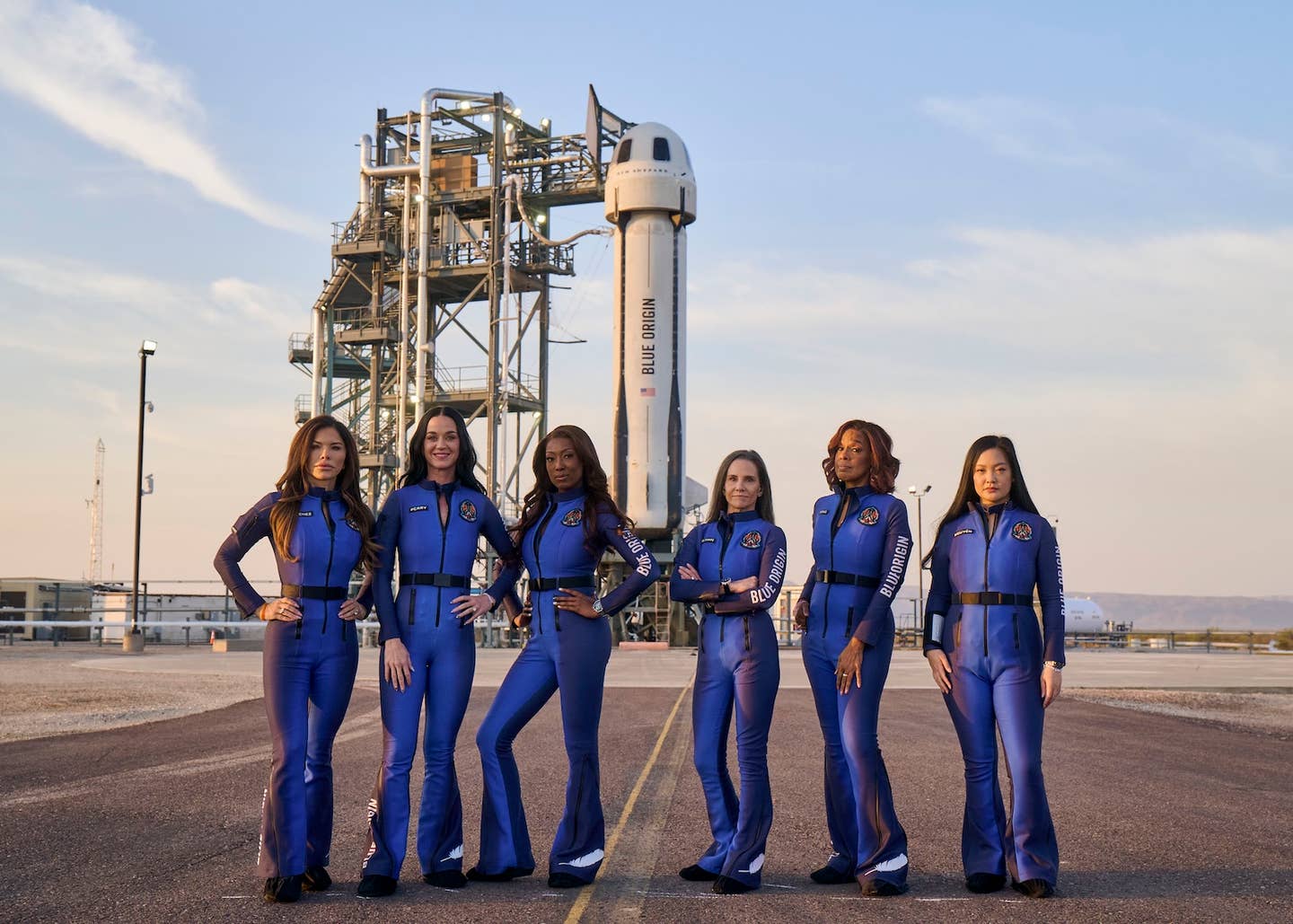NASA Teams Remember Flying Science Laboratory as It Heads for Retirement
Current and former crewmembers of NASA’s DC-8 have fond memories of the space agency’s flying science laboratory.
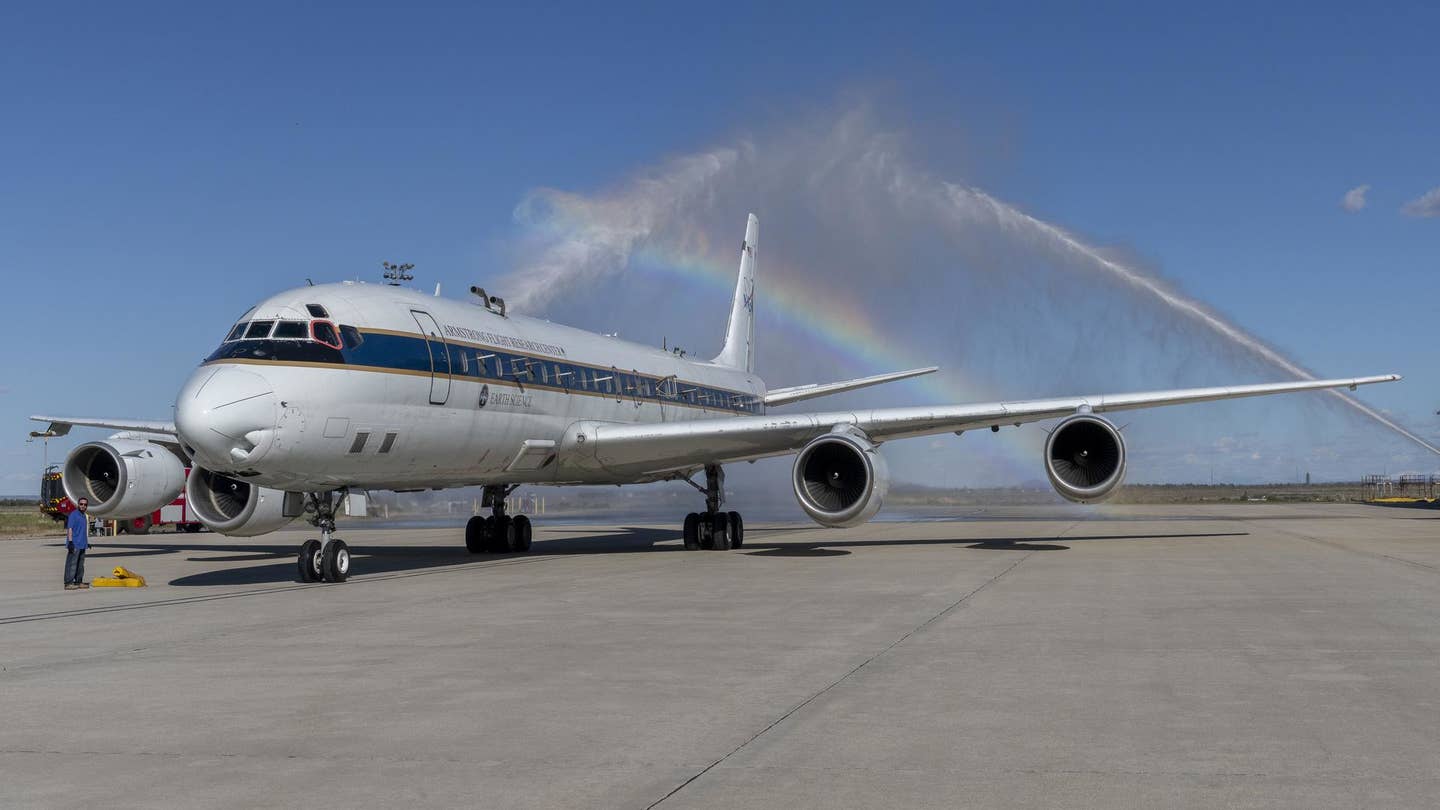
NASA’s DC-8 Airborne Research Laboratory returns to the agency’s Armstrong Flight Research Center at Edwards Air Force Base in California after completing its final scientific mission on April 1. [Courtesy: NASA]
The largest flying research laboratory in the world is headed for retirement after 37 years of operation.
NASA’s DC-8 Airborne Science Laboratory on Wednesday will make its final flight to Idaho State University in Pocatello, where aspiring aircraft technicians will train on it through the college’s aircraft maintenance technology program.
The swan song flight of the testbed aircraft, which has flown 158 science missions over more than three decades, will not be scientific. But the hope is that it can inspire a new generation of aviators and researchers.
“The DC-8 flew missions all over the world,” said Michael Thomson, chief of the science projects branch at NASA’s Armstrong Flight Research Center in California. “The work we did on that aircraft will make a difference to future generations in improved weather forecasting, monitoring glacial ice thickness, air quality, and improving our ability to predict the development of hurricanes from tropical storms.”
The Airborne Research Laboratory is a highly modified, four-engine Douglas DC-8 used by federal, state, academic, and foreign researchers, as well as companies such as Boeing and United Airlines, that has been flying since 1987.
The massive aircraft is 157 feet long with a 148-foot wingspan, large enough to seat up to 45 researchers and flight crew and carry 30,000 pounds of scientific cargo. It has a range of 5,400 nm and flight time of 12 hours, flying within the atmosphere between 1,000 and 42,000 feet in altitude.
The DC-8 is equipped with a suite of sensors and data systems as well as Iridium and Inmarsat satellite communications that make it suitable for a variety of missions. It is primarily used to test satellite sensors and space-borne lasers, validate satellite data, provide tracking and telemetry for space launch vehicles reentering the atmosphere, and perform a range of other studies.
Data collected by the aircraft has been used for studies in a range of disciplines, from biology to volcanology. It was a key contributor, for example, to NASA’s Operation IceBridge, the largest airborne survey of Earth’s polar ice.
“The DC-8 has flown scientists on a lot of missions to look at atmospheric composition, for which the most important applications are air quality,” said Hal Maring, NASA Earth Science Division scientist. “The DC-8 enabled NASA scientists to develop a better understanding of air quality; what makes it good, or what makes it bad.”
The flying laboratory completed its final scientific flight, the Airborne and Satellite Investigation of Asian Air Quality, or ASIA-AQ, mission, on April 1.
Earlier this month, DC-8 team members past and present congregated at NASA Armstrong’s Building 703 at Edwards Air Force Base—which housed the aircraft during much of its three-decade stint—to reminisce about its contributions to science.
The DC-8 has traveled far and wide in its quest for scientific discovery, flying high into the atmosphere and over all seven continents. Bill Brockett, who flew the aircraft for 28 years, said a 2009 expedition to Antarctica was his favorite.
“The science instrumentation required that we fly from 500 feet to 1,000 feet altitude,” Brockett said. “It required total focus for the six or seven hours at low altitude to successfully complete a mission…We were low enough that we occasionally got glimpses of seals lounging on the ice.”
Some missions sent researchers into harrowing situations, such as the eye of a storm. For example, Chris Jennison, a retired DC-8 mission manager, routinely flew into hurricanes.
“I don’t miss stark terror,” Jennison said. “The thing about flying [into] hurricanes is that it’s not intuitively obvious where the dangerous places are.”
Other missions required crewmembers to act on the fly, so to speak.
“During the recent [ASIA-AQ] mission we had an engine failure,” said Brian Hobbs, the current Armstrong DC-8 manager. “The logistics and procurement teams acted quickly to get the engine shipped, and the crew was able to get the engine replaced, tested, and ready to go. That could have been the end of the campaign, but our team made it happen.”
A common theme among current and former DC-8 team members was the infectious enthusiasm and camaraderie of scientists aboard the flying laboratory.
“Some of these people had been working for years trying to get their experiment out there and prove a hypothesis they are working on,” said Randy Albertson, former deputy director of NASA’s Airborne Science Program. “The energy they brought in was like recharging one’s batteries. They loved talking about the science.”
Those are just pleasant memories now. The good news, however, is that the flying laboratory will live out its final days surrounded by curious minds at Idaho State.
Like this story? We think you'll also like the Future of FLYING newsletter sent every Thursday afternoon. Sign up now.

Sign-up for newsletters & special offers!
Get the latest FLYING stories & special offers delivered directly to your inbox

